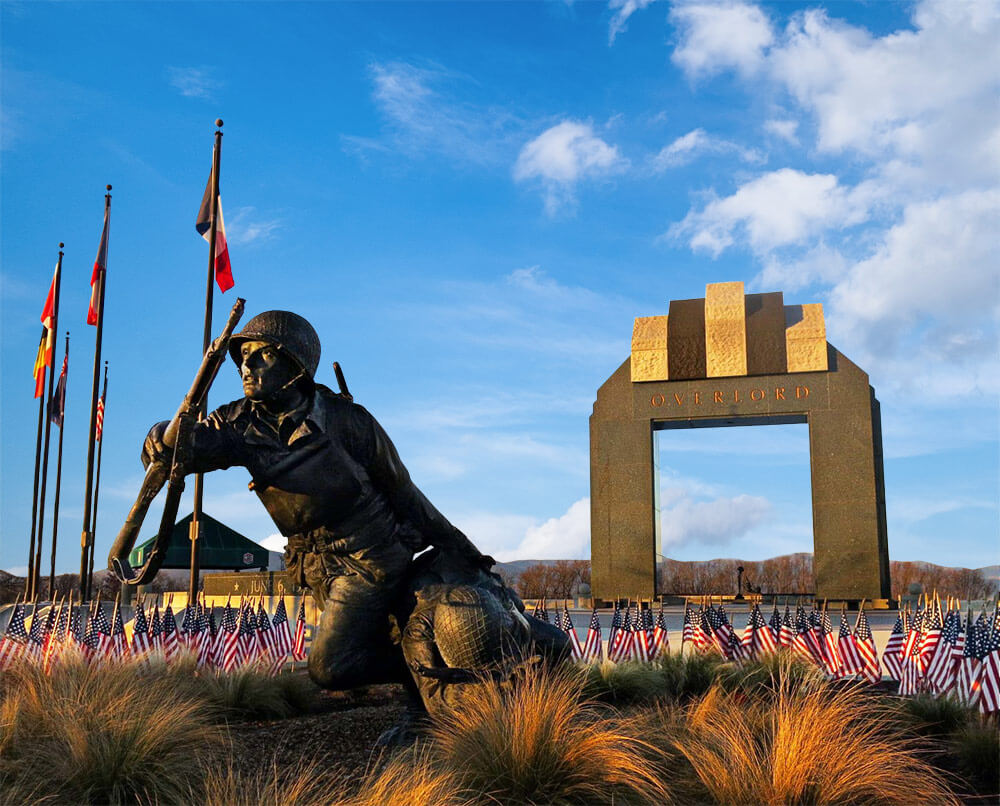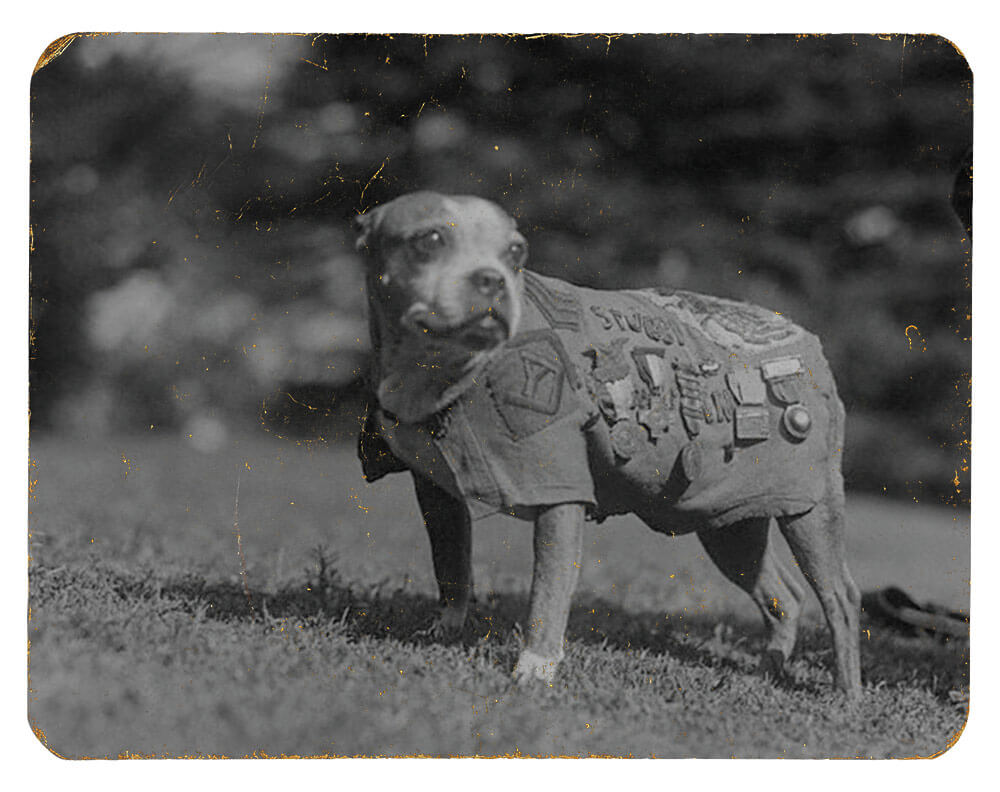No military decoration in the United States is more respected than the Medal of Honor. Not only is it the highest award for valor a member of the U.S. Armed Forces may receive, but it remains the Nation’s oldest continuously issued combat decoration. Since the first medal was awarded in 1863, the United States has bestowed this distinct honor on 3,498 recipients, with 621 of the medals awarded posthumously. The Medal of Honor is revered as a symbol of American bravery. However, it has not always commanded the respect that it does today.
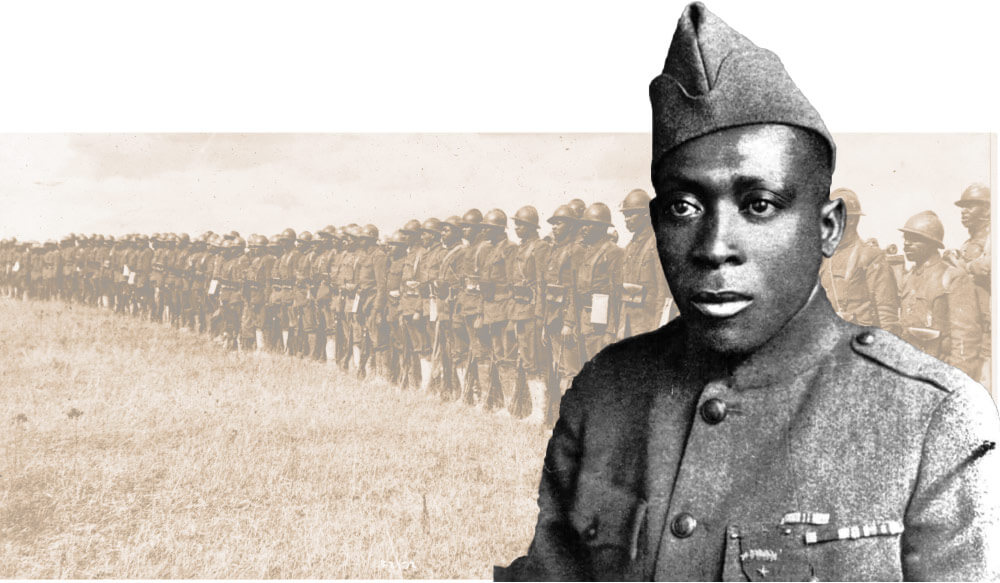
When the first shots of the U.S. Civil War were fired at Fort Sumter in 1861, the United States had no military decorations to honor Soldiers who distinguished themselves in combat. At the time, there existed only one Army award for valor – the Certificate of Merit. Created during the Mexican-American War and authorized on March 3, 1847, it was awarded “to any private Soldier who had distinguished himself by gallantry performed in the presence of the enemy.” Yet, by the start of the Civil War, the certificate was rarely used. The Badge of Military Merit pre-dated the Certificate of Merit, but was no longer in use by 1847 when the certificate was authorized. Established by George Washington in 1782, the Badge of Military Merit recognized members of the Continental Army who performed “any singular meritorious action.” It was a heart-shaped piece of cloth after which today’s Purple Heart is modeled. Few were given out, and the practice of presenting the award fell into disuse after the Revolutionary War ended, as many Americans felt it too closely resembled awards given to European royalty.
Once the carnage of the Civil War began, a need arose for a battlefield decoration. Political and military leaders viewed the Civil War as different from other conflicts because it involved American forces on both sides of the line. The cruel realities of brothers fighting brothers brought about a greater need to acknowledge courage. In the fall of 1861, then-LTC Edward Townsend, an assistant adjutant in the War Department, proposed the creation of a decoration for valor to LTG Winfield Scott. Unfortunately, LTG Scott still felt medals were a European concept. He was against the idea and denied the proposal.
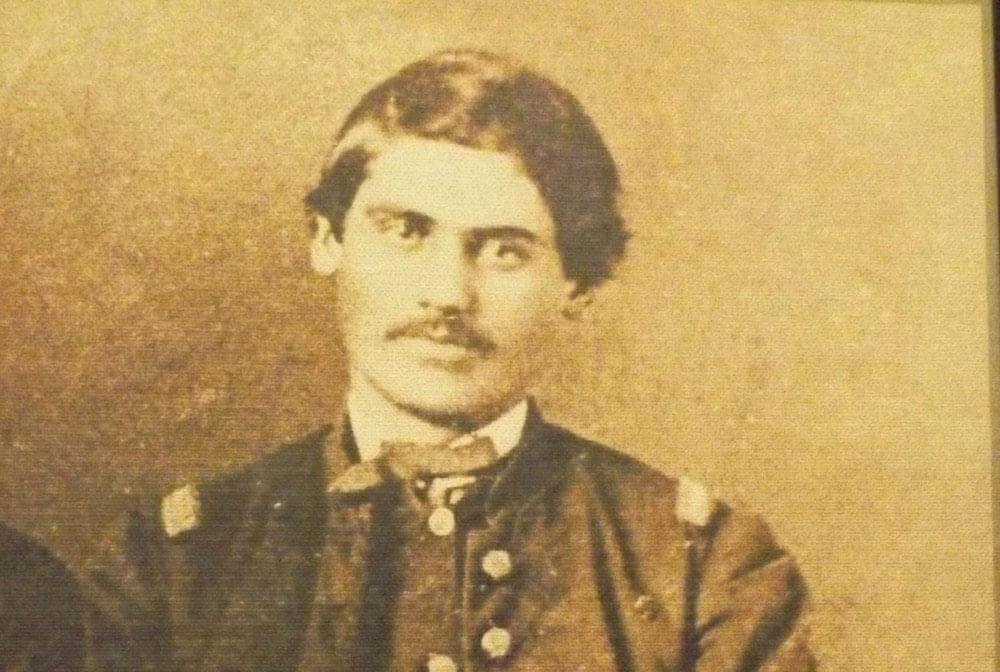
After LTG Scott retired in October 1861, Senator Henry Wilson, chairman of the Senate Committee on Military Affairs, introduced a resolution for an Army Medal of Honor. He submitted his bill, which was intended only for enlisted men, on February 15, 1862. The resolution provided for the awarding of a medal “to such non-commissioned officers and privates as shall most distinguish themselves by their gallantry in action and other soldier-like qualities during the present insurrection.” President Abraham Lincoln signed the bill into law on July 12, 1862. The War Department chose William Wilson and Son – the same Philadelphia silversmith that cast a prior medal for the Navy – to make the new Army medal. The Army initially ordered 2,000 Medals of Honor that were to be “presented, in the name of the Congress.” Less than one year later, on March 3, 1863, the law was amended to extend the existence of the award past the end of the Civil War, and it was made permanently available as an honor for deserving Soldiers. The amendment also opened receipt of the Medal of Honor to officers.

On March 25, 1863, Secretary of War Edward Stanton presented the first Medal of Honor to PVT Jacob Parrott, a Soldier in the 33rd Ohio Volunteer Infantry and a surviving member of Andrew’s Raiders. The Raiders were Union Army volunteers that commandeered a train – The General – in northern Georgia, and conducted it toward Chattanooga, destroying as much of the Confederate railroad lines as possible. Called “the Great Locomotive Chase,” the raid made national headlines and captivated the public. The Raiders made it just short of Chattanooga when the train ran out of fuel and the Soldiers abandoned it. The Raiders scattered, but within a few weeks many were captured and some were executed as spies. PVT Parrott was among those captured and imprisoned, but he managed to escape and made it back to friendly lines. Five more members of Andrew’s Raiders also received Medals of Honor at the inaugural presentation ceremony.
Over the years, the appearance and requirements to receive a Medal of Honor have changed. Now, three versions of the medal exist – one each for the Army, Navy and Air Force, with Marine and Coast Guard members receiving the Navy medal. The manner in which a medal is awarded has also changed. When the Medal of Honor was first awarded, no ceremonial standard was in place. Many of the medals were often just mailed to the recipient with a letter of congratulations. Today, the rules are very different. The sitting U.S. President typically presents the award personally and the recipient is offered a series of lifetime benefits. These include a monthly pension from the Department of Veterans Affairs, a 10 percent increase in retirement pay, special ID cards, permission to wear the branch uniform at the time and place of the recipient’s choosing and invitations to special events among many other privileges.
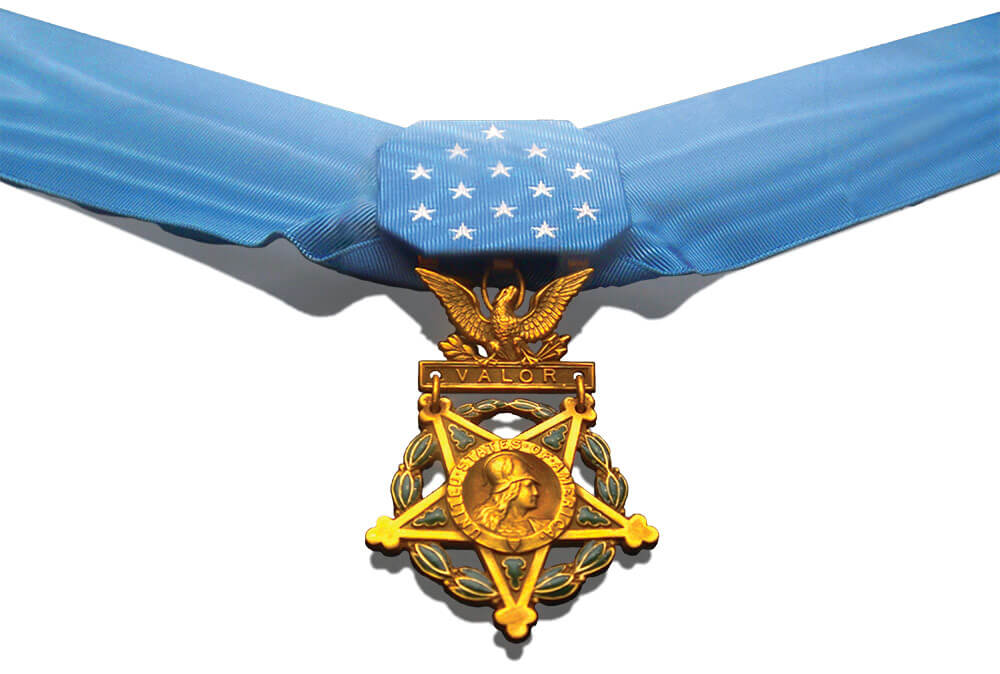
While the road leading to the creation of the Medal of Honor may have been a humble one, the value of its existence today is paramount. The Soldiers wearing this greatly revered medal are true heroes who are worthy of our Nation’s gratitude, recognition and respect.
By CONTRIBUTING WRITER MAJ Darrin Haas
